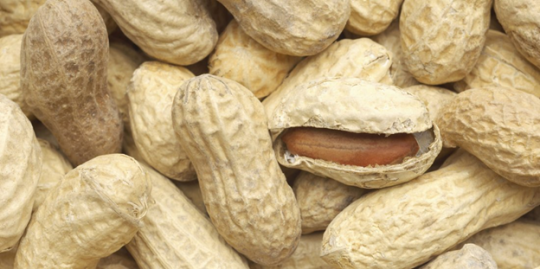A recent article in Modern Farmer asks a simple question: why aren’t we drinking peanut milk?
As milk alternatives become more popular, soy and almond milk seem to have dominated the market. Peanuts used to be the most popular nut in America, but in the past few years, the almond has taken over. But recently, the National Peanut Board let slip that they might have a product to help boost peanut sales: peanut milk. Peanut milk could have the same applications as almond or cashew milk—meaning there would be no strong peanut-y flavor.
With California’s drought only getting more severe, peanut milk has the potential to be a sustainable alternative to almond milk. California produces over 80% of the world’s almonds—and almond trees are still being planted, in spite of the drought. Almonds are a heavy water consumer—it takes over one gallon of water to produce a single almond.
Peanuts, on the other hand, grow all over the South, in states like Georgia, South Carolina, Florida, and Alabama. Peanuts are indigenous to the Americas, and, as they are legumes, they can be used as a cover crop to fix nitrogen in the soil, making them a more sustainable crop than almond trees.
Perhaps we’ll soon have another milk alternative—one that will certainly warrant attention in the midst of California’s most extreme drought in over 1200 years.
For more information, click here. For a look at the effects of California’s drought on crop production, and on the ecological implications of California’s almond crop, check out this article from Mother Jones and this one from The Atlantic.







